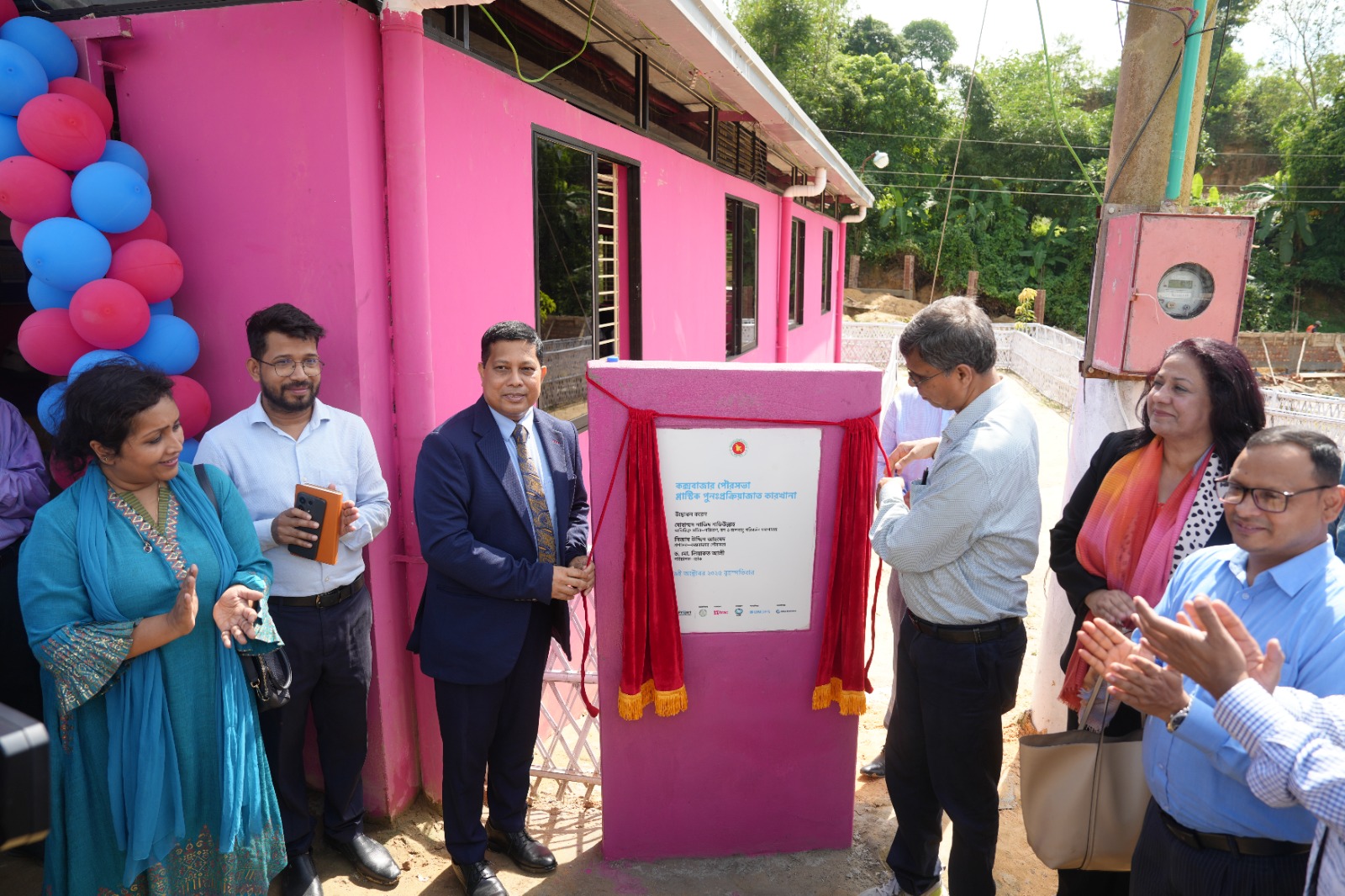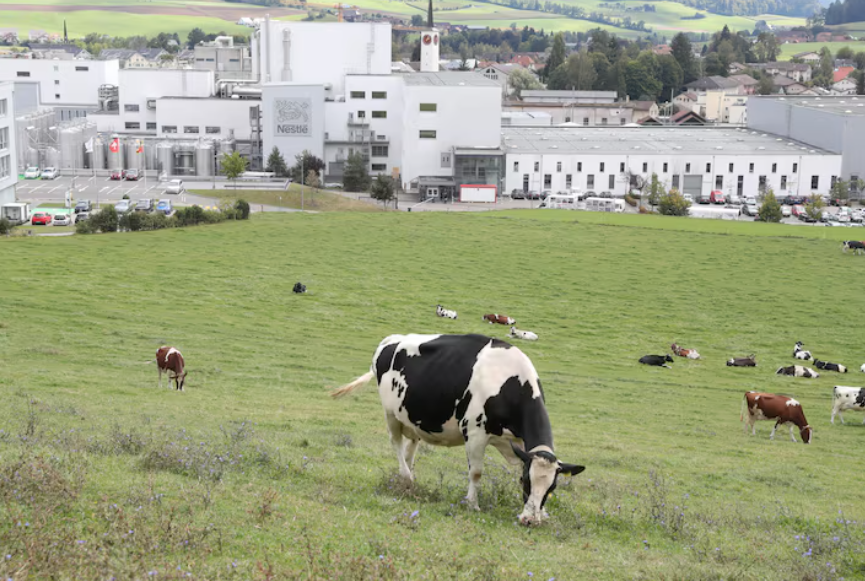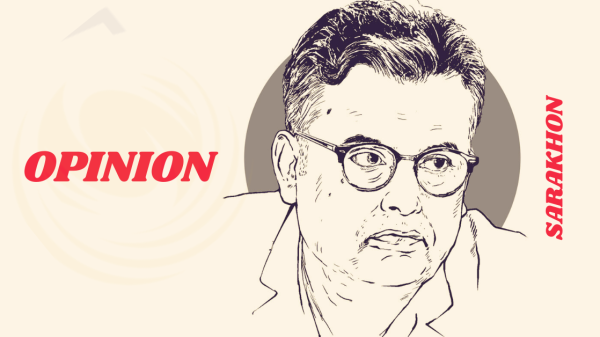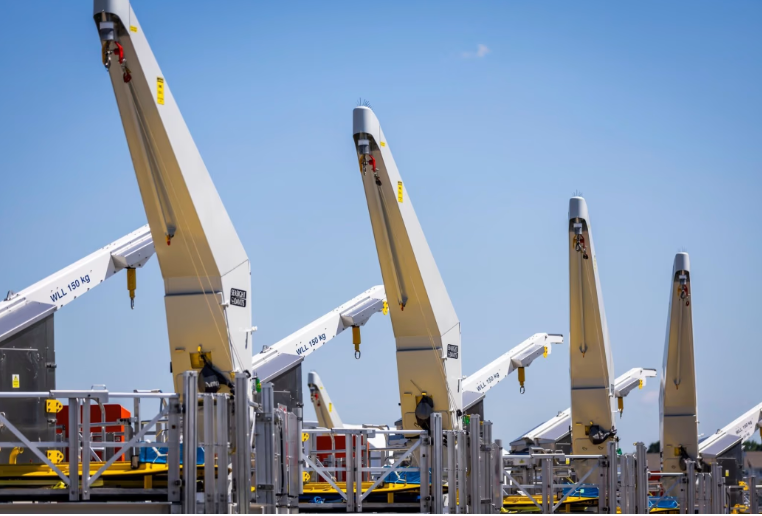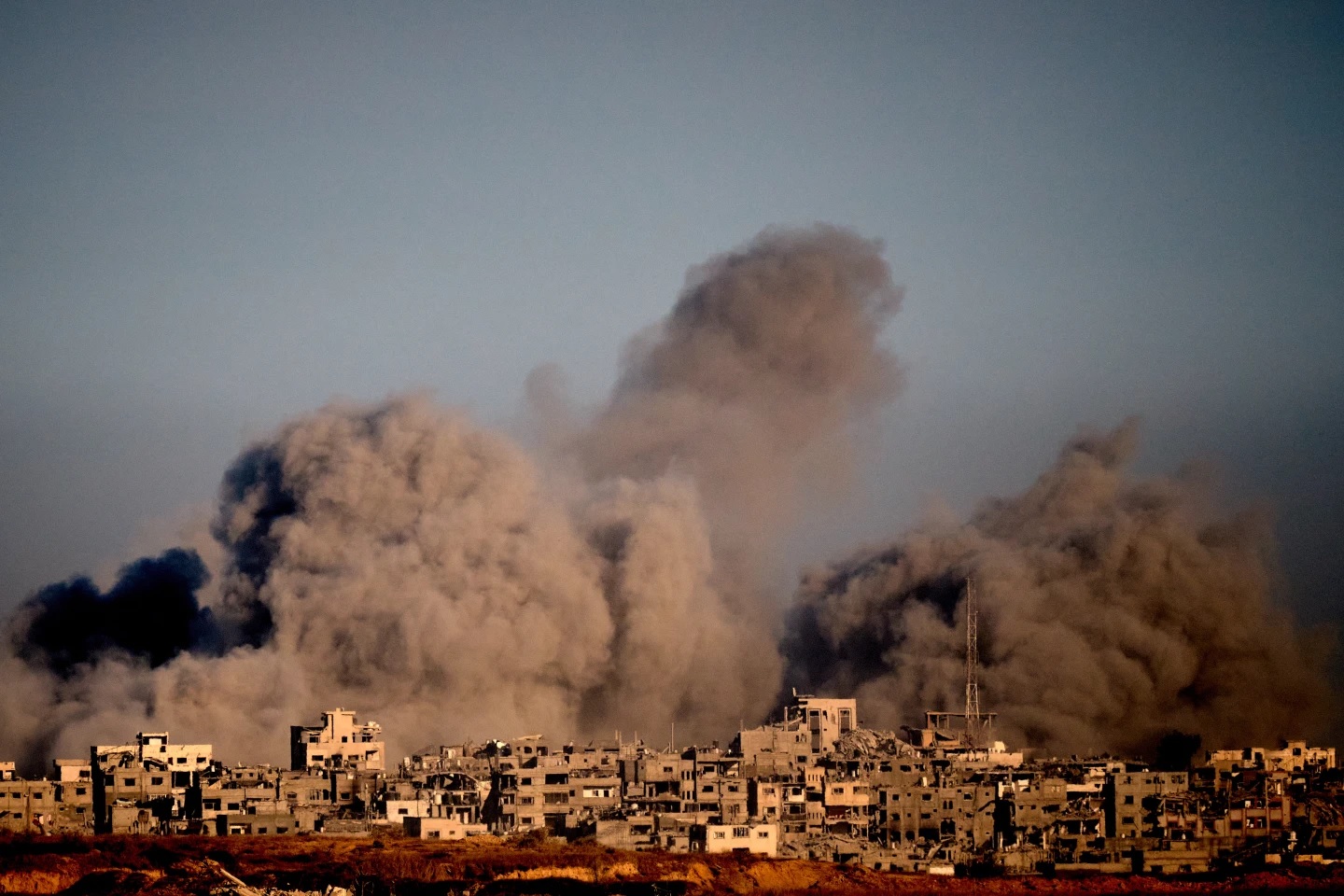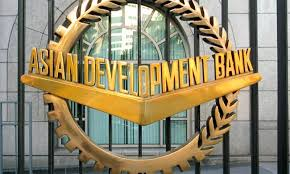July Movement to the LDC Debate: What Message Will Bangladesh Send to the World?

Bangladesh stands at a historic crossroads. After nearly five decades under the Least Developed Country (LDC) category, the nation faces two distinct paths: to graduate on schedule into the ranks of developing countries by 2026, or to convince the international community that more time is needed.
For the government, graduation is not just a technical milestone—it is a matter of national prestige and a powerful economic signal to the world. Yet for businesses and experts, the looming transition raises pressing questions about preparedness, competitiveness, and survival.
Rising Concerns from Key Sectors
The ready-made garment industry, which contributes 84 percent of Bangladesh’s export earnings, is at the center of the debate. For decades, the sector has thrived on duty-free access to major markets, including the United States, the European Union, and Canada. Losing these privileges could erode Bangladesh’s competitiveness in the global apparel trade.
The pharmaceutical sector also faces turbulence. Currently shielded under the WTO’s TRIPS agreement, Bangladesh can produce and export generic versions of multinational drugs without paying for intellectual property rights. Post-graduation, these exemptions will vanish, driving up production costs, shrinking markets, and threatening hundreds of thousands of jobs.
The information technology sector shares similar worries. Stricter enforcement of copyright and intellectual property laws could hinder smaller entrepreneurs, potentially stalling the growth of Bangladesh’s digital economy.
The Government’s Diplomatic Gamble
Commerce Secretary Mahbubur Rahman has revealed that Bangladesh is seeking a three-year extension through diplomatic channels. The rationale includes the possible loss of tariff advantages, political uncertainty, energy shortages, and election-related instability.
But persuading the international community is no simple task. Japan and Turkey have consistently raised objections to such requests. Any resolution at the United Nations General Assembly would require the backing of major powers, an outcome that remains far from certain.
Expert Opinions: Time to Embrace Challenges?
Former Bangladesh Bank governor Dr. Salehuddin Ahmed insists that the country must cultivate a mindset of resilience: “If businesses keep saying ‘we are not ready,’ then we will never be ready.”
Research institute RAPID has warned that retaliatory tariffs from the U.S. could shrink Bangladesh’s exports by 14 percent in a single year. Competitor nations would also feel the pinch, with projected export declines of 58 percent for China, 48 percent for India, 28 percent for Vietnam, and 27 percent for Indonesia.
Lessons from Other Nations
Globally, several countries have delayed graduation in the face of crises. The Maldives was granted time after the 2004 tsunami; Nepal after the 2015 earthquake; Myanmar following a military coup; Angola due to falling oil prices; and the Solomon Islands because of civil war.
But in each case, the delays were justified by large-scale disasters or extraordinary circumstances. For Bangladesh, simply citing a lack of preparedness will not be enough.
Global Lenders’ Perspectives
World Bank: Former Chief Economist Dr. Zahid Hossain argues Bangladesh already meets all three graduation indicators. A delay would require international audits proving that at least two indicators had fallen below thresholds, or that graduation would seriously weaken the economy.
IMF: Warns that unless fiscal deficits are controlled, tax revenues rise, and the financial sector undergoes reform, the economy will be at risk post-graduation.
ADB: Stresses that without export diversification, higher labor productivity, and investment in technology, Bangladesh will struggle to maintain competitiveness.
Geopolitics and Regional Competition
The request for delay is also entangled in geopolitics. Japan and Turkey oppose extensions, while economists note that India stands to benefit if Bangladesh loses duty-free access, as Indian apparel could gain a competitive edge. Vietnam, Cambodia, and Indonesia would also seek to expand their market share.
At the same time, global powers—India, China, the U.S., and Japan—are locked in a struggle for influence in South Asia. Each is likely to adopt different positions, making consensus more challenging to achieve.
Political Stakes at Home
Graduation is not just an economic milestone—it is a political one. For the government, moving into the category of developing countries would symbolize success. For businesses, however, it would mean pressure and vulnerability.
As the next national election nears, the issue could become politically explosive. If the government fails to secure an extension, opposition parties may frame it as a diplomatic defeat. Even if extra time is won, doubts will linger about whether the country was genuinely ready.
Equally significant is the signal that a refusal to graduate would send. Remaining in the LDC category could be read internationally as proof that the July Movement and one year of Yunus-led governance weakened the economy, further eroding investor confidence.
Challenges on the Horizon
Export shocks, particularly in garments and pharmaceuticals
Tariff hikes averaging up to 12 percent
Uncertainty for foreign investment
Rising costs due to intellectual property restrictions
Shrinking access to concessional loans
Institutional gaps in policymaking and diplomacy
Comparative Cases of Delay
Country
Reason for Delay
Extension
Outcome
Maldives
2004 tsunami
3 years
Recovery opportunity, long-term tourism pressure
Nepal
2015 earthquake
3 years
Infrastructure was rebuilt, but sluggish investment
Myanmar
Military coup and unrest
2 years
Decline in international confidence
Angola
Oil price collapse
3 years
Diversification achieved, but debt reliance rose
Solomon Islands
Civil war
2 years
Reconstruction through regional cooperation
The Road Ahead
The UN’s Committee for Development Policy (CDP) will reassess Bangladesh’s status in October-November. The outcome will decide whether the country receives an additional three years or formally graduates in November 2026.
For nearly 50 years, Bangladesh has leveraged LDC benefits. Now, the decision is stark: move forward despite risks, or buy more time to prepare.
Whatever the choice, it will shape not only the country’s economy but also its politics, diplomacy, and global standing for the next decade. And should Bangladesh ever be forced to re-enter the LDC list, it would be seen as a symbol of economic fragility and a damning verdict that recent political upheavals undermined the country’s sustainable growth.



